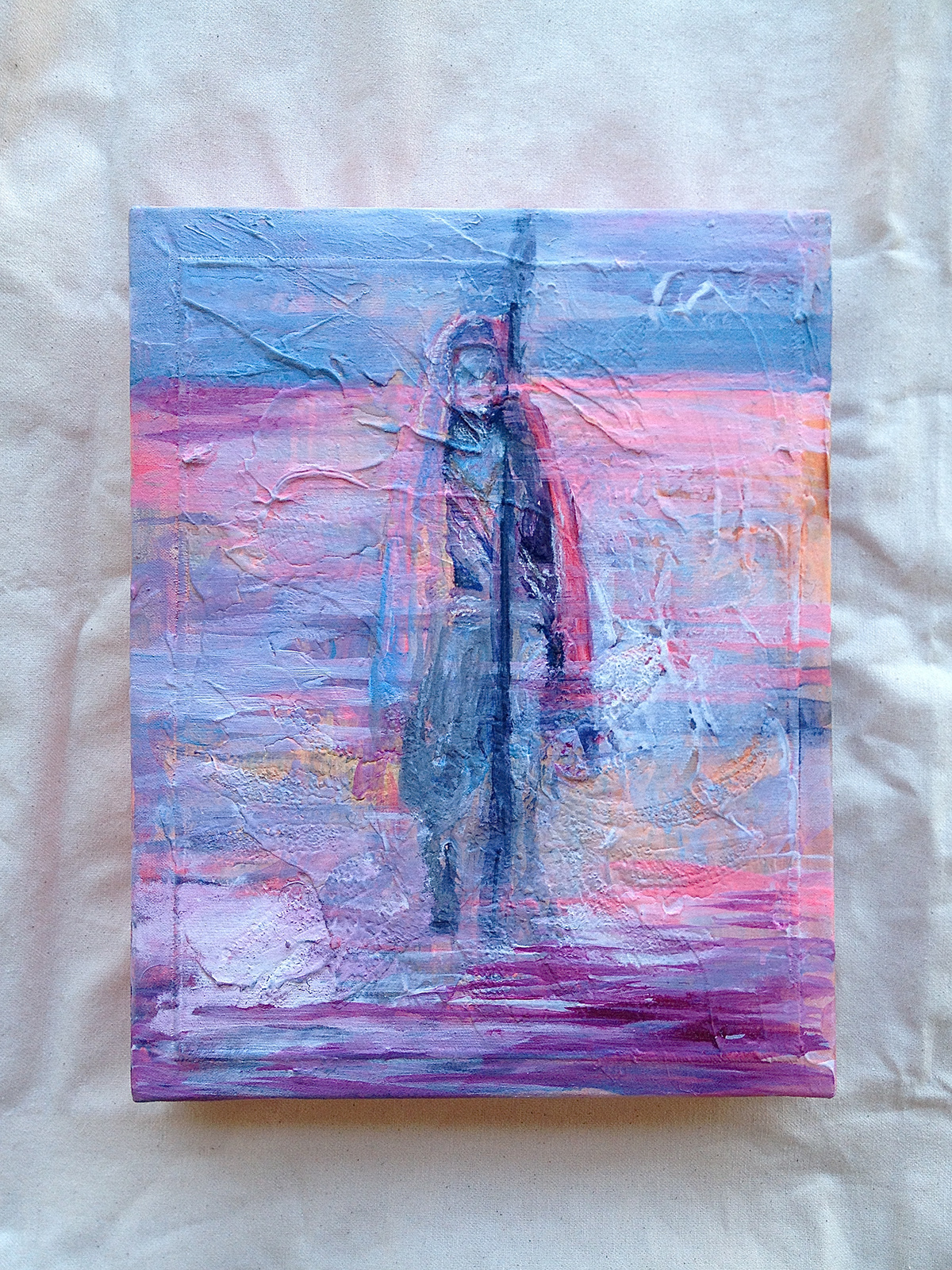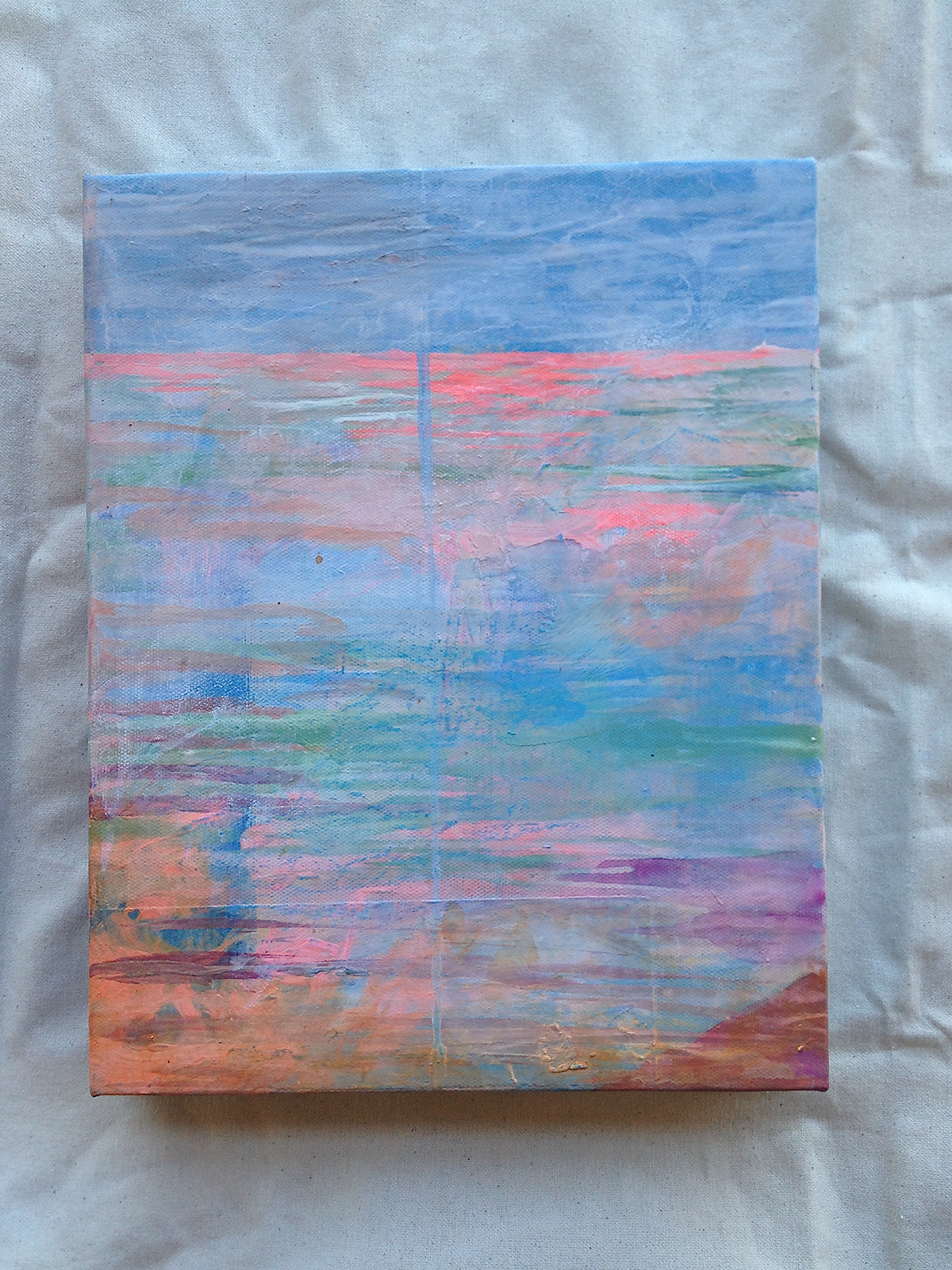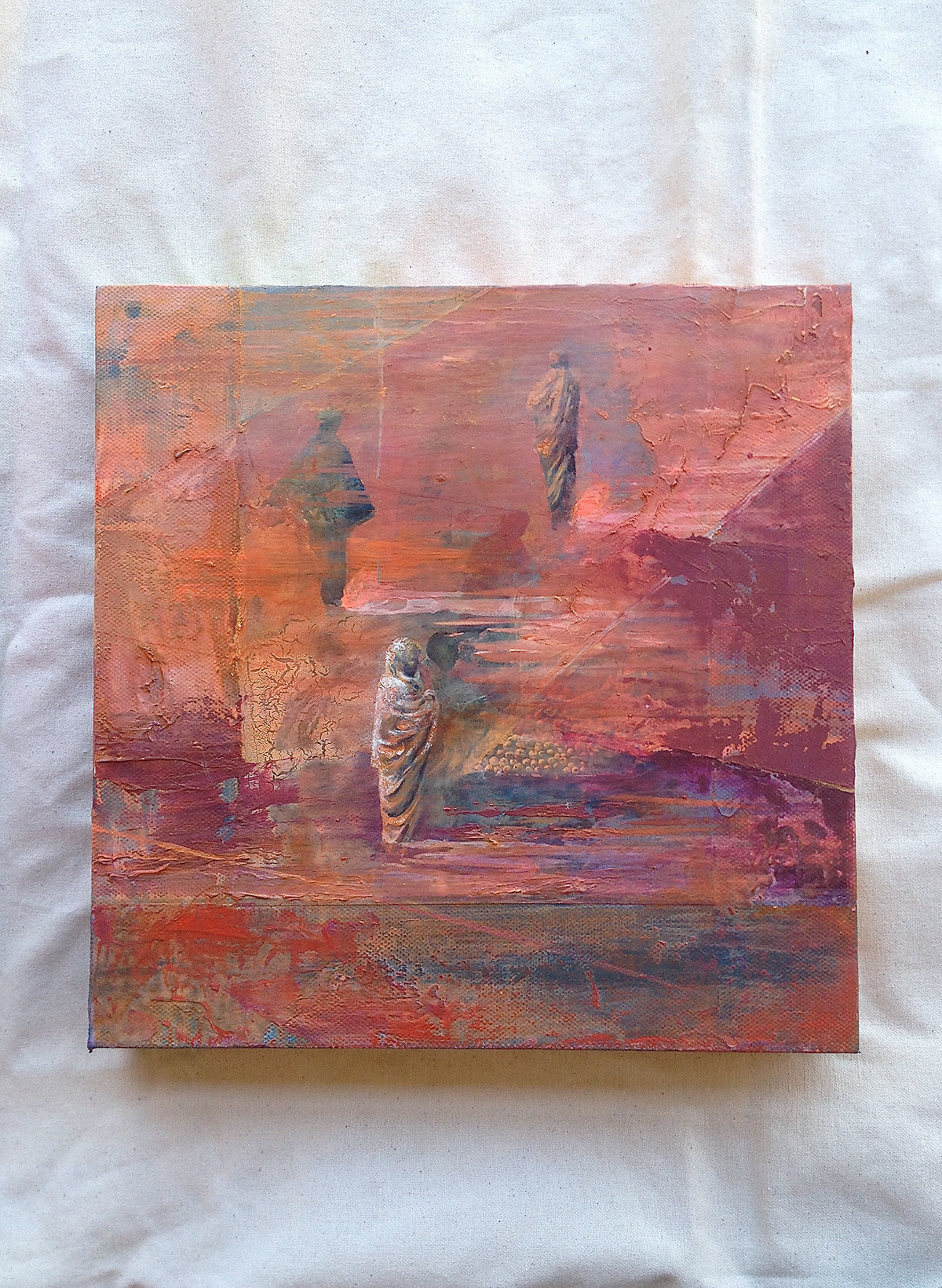
My right to comment on “immigration policy” is very limited. I was born in the United States, never worked for my citizenship, and would likely not pass the myriad exams required for naturalization by US Citizenship and Immigration Services if I were to try tomorrow morning. My father, a Swedish Immigrant, spent his adult life here on a Green Card without much trouble. I wonder if this experience is common to immigrants and asylum seekers from every nation and educational background.
When the number of people attempting the journey from the coast of Cuba to Florida in hopes of staying on the “wet foot dry foot policy” spiked in recent weeks, I stood in my kitchen wearing slippers and listening to an NPR story exploring the possibility that this might be a result of warming US-Cuba relations. The radio conversation between Assistant Secretary of State Roberta Jacobson and Robert Siegel was interesting, but standing by the sink in my comfortable apartment, it seemed worth noting that I have never met anyone who came to the United States from Cuba on a homemade raft. I consume stories, like the ones I heard at a book reading by Cuban-American writer Chantel Acevedo last fall, or the testimonies recorded by StoryCorps, and perhaps this contributes to an increasing numbness, what the artist Rudy Shepherd calls Disaster Fatigue. From the privileged distance afforded me by the politicization of “immigration policy”, the people that President Obama encouraged to “come out of the shadows” last November seem like little more than a “population” about whose fate good citizens are supposed to have informed opinions.
These new paintings are images of people being transformed in to demographics as they journey from one home to another. What process changes real people in to narratives recored by StoryCorps and chopped up for soundbites in four-minute news briefings? If a photograph of Jose Noriega appears alongside his story of being airlifted during Operation Pedro Pan, “he” is just pixels on my phone screen. This modern-day transfiguration is a far cry from sharing a meal with Jose, but it is the sum-substance on which many of us base our opinions about “immigration”. I wonder how a painting can draw attention to these dynamics.






